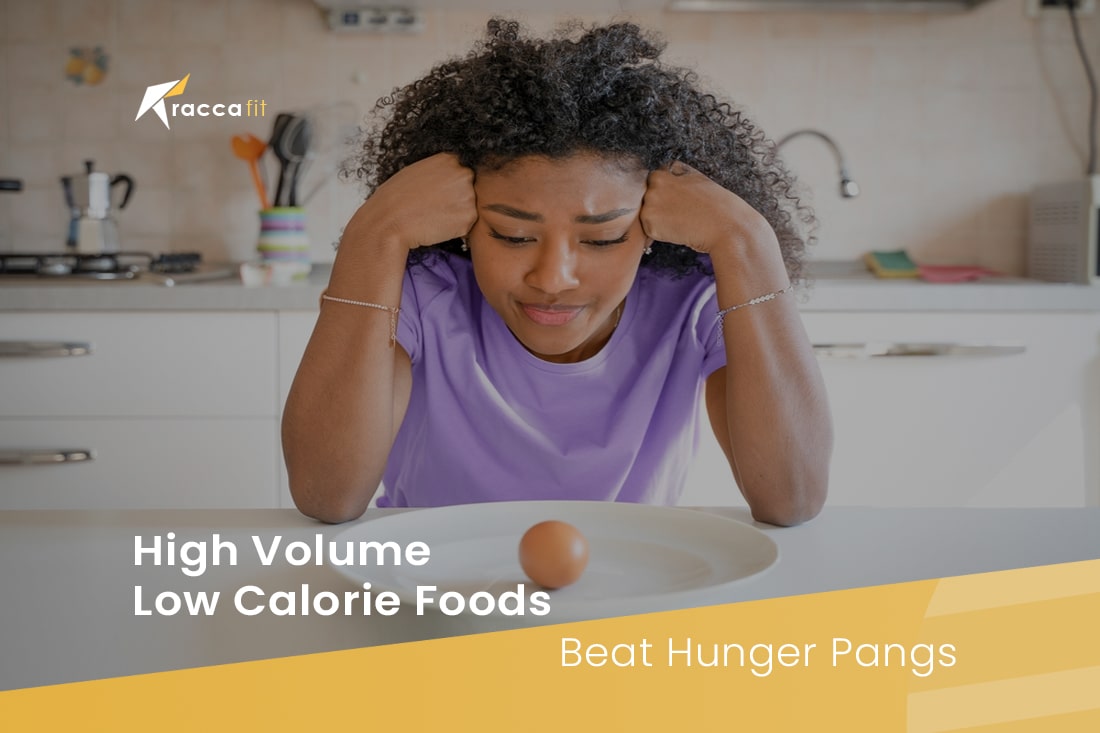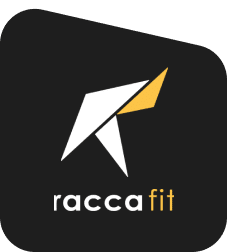Hello there! Welcome to this detailed exploration of high volume, low calorie foods. If you’ve found yourself wondering about what these foods are and why they’re gaining traction in the health and wellness world, you’re at the right place. Get ready to dive deep and unravel the intricacies of these fascinating foods that can be a game-changer in your dietary regime.
Definition of High Volume, Low Calorie Foods
High volume, low calorie foods, as the name suggests, are foods that give you a larger portion size without the corresponding increase in calories. Picture this: a heaping bowl of spinach or a generous portion of grilled chicken breast. These foods are dense in volume but don’t pack a calorific punch. This enables you to eat more, feel satiated, and yet not worry about excessive calorie consumption!
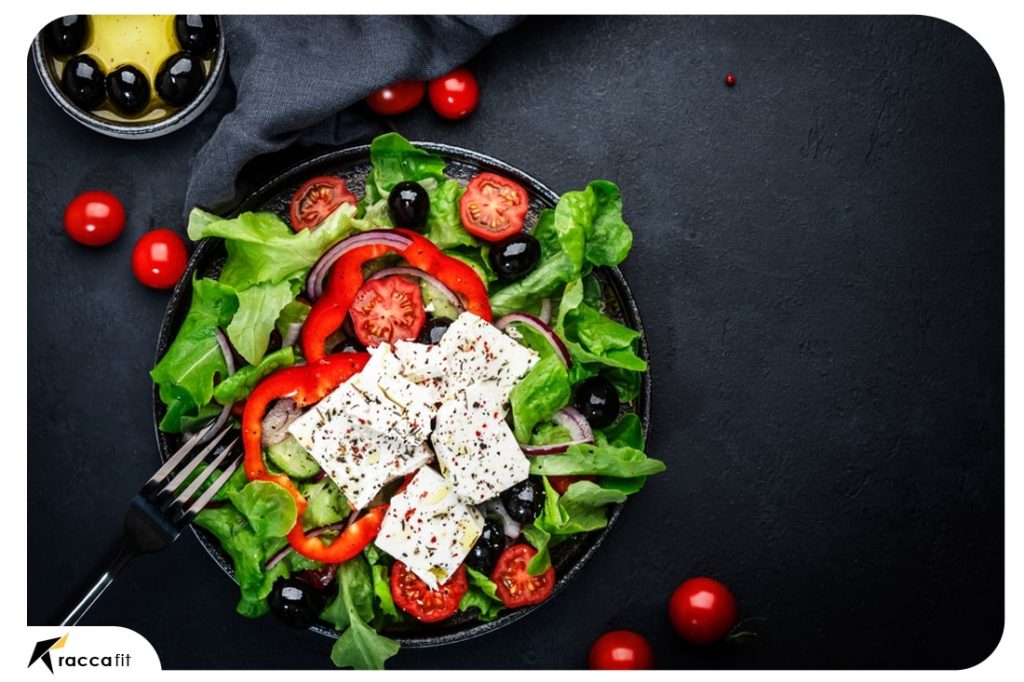
Why Choose High Volume, Low Calorie Foods
You may be pondering: what’s the fuss about these high volume, low calorie foods? The answer lies in their inherent ability to keep you fuller for longer without the risk of piling on pounds. Managing your weight and sustaining good health while enjoying your meals becomes much easier when you’re able to consume large servings of food without accumulating a high calorie count. Intriguing, isn’t it? Let’s delve deeper into why these foods are key for those on a weight loss journey.
Read more: 10 Low Calorie Smoothies : Healthy and Delicious in a Glass
Importance of High Volume, Low Calorie Foods for Weight Loss
When it comes to shedding unwanted pounds without feeling deprived or malnourished, consider adding volumetric foods to your diet plan that happen to be low in calorie count. Foods such as watery fruits and vegetables are nutrient-dense besides being large-enough-to-fill-you-up choices that one must include at mealtimes. These healthier substitutes offer the necessary hydration quotient too which proves beneficial w.r.t basic metabolism rates too! Such switches ensure emotional satisfaction by keeping feelings of fullness intact alongside upping antioxidant content- so make sure they’re a regular part of meal times! Because they offer the feeling of satiety without the calorie overload, they can help you eat fewer calories over time, thereby promoting weight loss. In essence, you can still enjoy a decently-sized meal without worrying about caloric overconsumption. It’s like having the best of both worlds—eating satisfying portions and still keeping the calorie count low.
Examples of High Volume, Low Calorie Foods
Now, let’s journey into the specifics— the actual examples of these beneficial foods. By dividing these wholesome foods into different groups our intention is to assist you in smoothly incorporating them into your daily nutrition regimen.
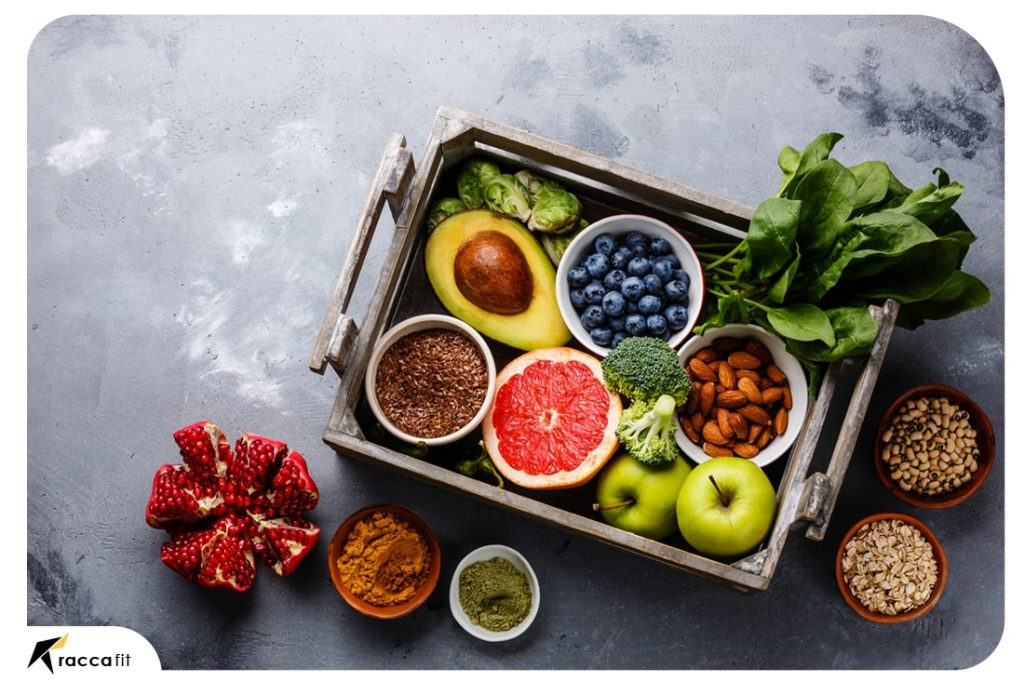
Fruits and Vegetables
Consider fruits and vegetables as your cornerstone in your high volume, low calorie diet. Why? They are packed with fiber and water, making them inherently high in volume and low in calories. Think about it: Eating healthy doesn’t necessarily mean having to sacrifice scrumptious snacks. Instead of munching on overly processed and calorie laden potato chips consider going for a satisfyingly refreshing bowl full of nutrient rich salad greens complemented by tangy bell peppers, crunchy cucumbers,and sweet tomatoes all bathed in an effervescent light dressing. You’ll undoubtedly feel satiated and guilt free just by realizing the significant difference it makes concerning calorie consumption..
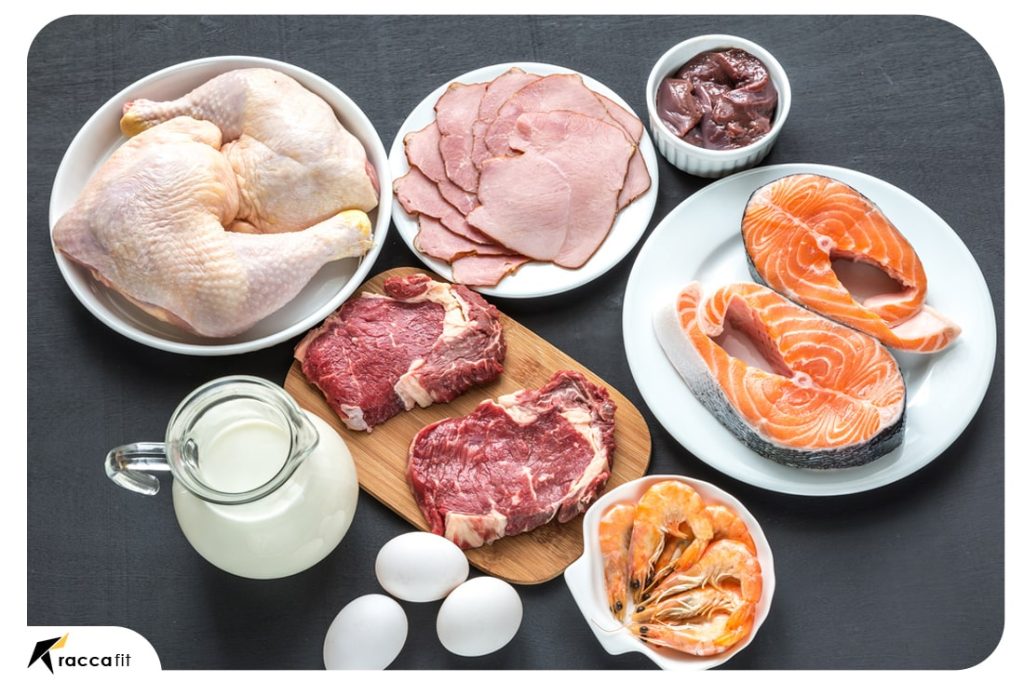
Lean Proteins
When considering a balanced diet, lean proteins should be given adequate attention due to their valuable nutritional contributions. Implementing chicken, turkey, fish or tofu into your meals can aid in muscle recovery and growth due to their high protein content. Additionally these particular foods have a satisfying effect and can keep hunger at bay for lengthier periods. They offer a double whammy—nutrition and satiety without a high calorie count.
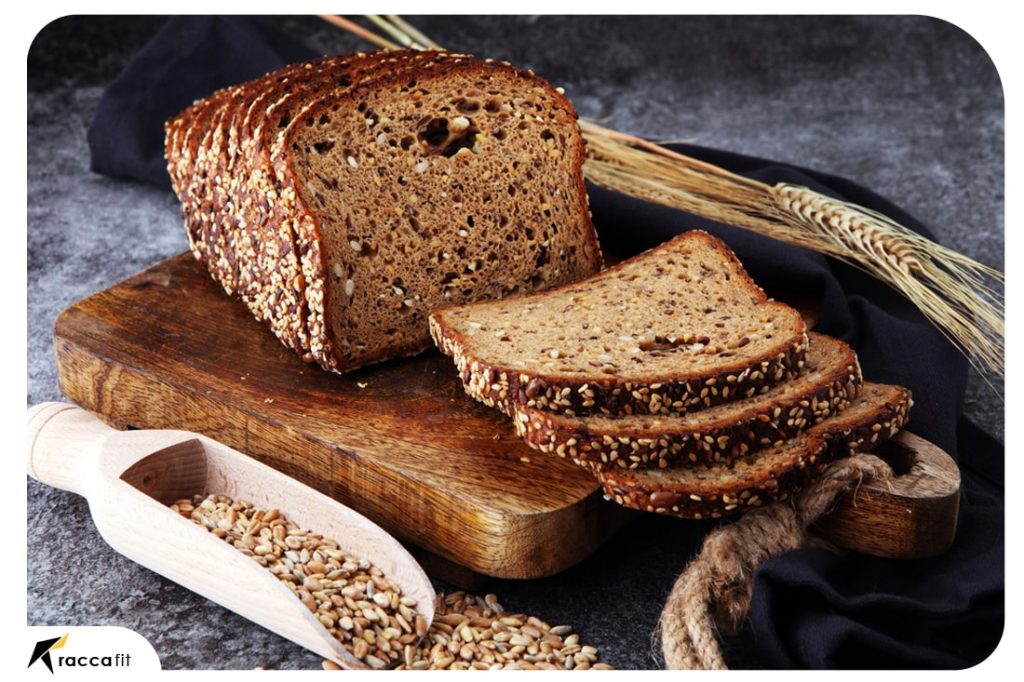
Whole Grains
A respectful nod to oatmeal brown rice and quinoa is well deserved as these whole grains provide crucial nutritional value to our diets. Despite being marginally higher in calories when compared with vegetables and lean proteins the significant fiber content found in these foods is essential for maintaining good digestive health while also providing a feeling of fullness. Moreover these scrumptious delights are loaded with essential nutrients like B vitamins, iron, and magnesium which provide numerous health benefits.
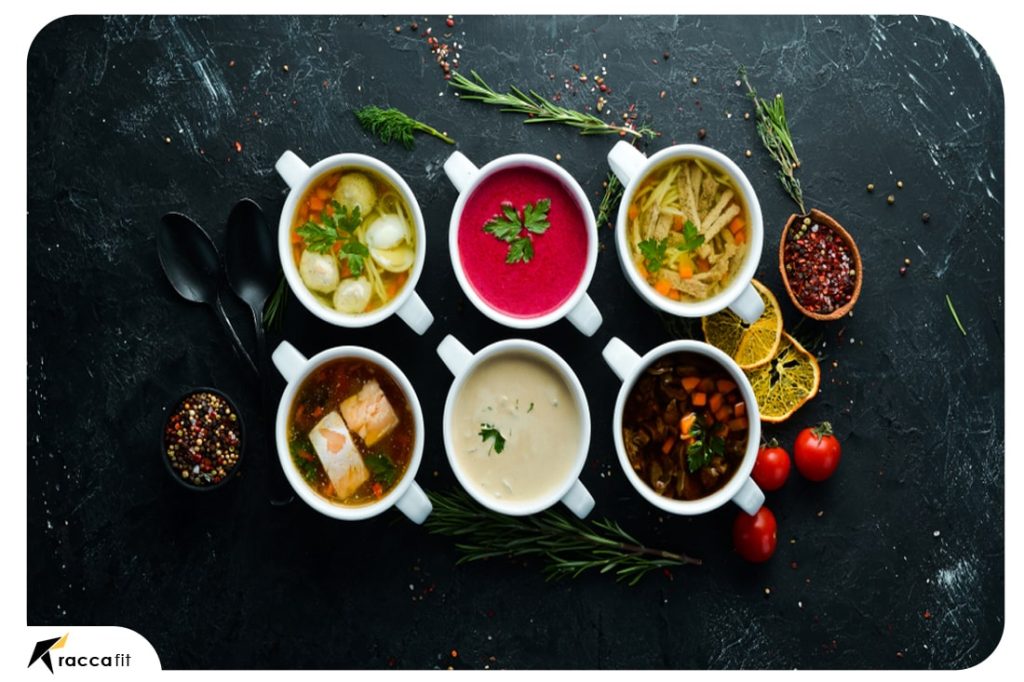
Soups and Salads
A well-prepared bowl of soup or a hearty salad can be a full meal in itself without tipping the calorie scale. The water content of soups provides volume and helps in creating a feeling of fullness. Salads, especially those with a variety of vegetables, offer a fiber boost and volume.
How to Create High Volume, Low Calorie Meals
With knowledge of which foods have a high volume-to-calorie ratio now acquired, the following query then presents itself: How might one craft these ingredients into meals both delicious and satisfying? Have no trepidation my friend – such an answer is just around the corner. We’ve got some tips and examples lined up for you.
Meal Planning Tips
Your dietary journey towards integration of high volume and low calorie foods can be enhanced with a proper meal planning approach. Keep in mind that this is an important and necessary factor for success. A simple strategy is the plate method: aim to fill half your plate with vegetables, a quarter with lean proteins, and the remaining quarter with whole grains.
Examples of High Volume, Low Calorie Meals
Crafting meals in accordance with this ideology might appear daunting; however, it’s surprisingly simple. Here are some meal ideas for you.
Breakfast
Consider starting your day with a vegetable-packed omelet—bell peppers, spinach, and mushrooms are great choices. Pair this with a slice of whole grain toast for a balanced meal.
Lunch
For lunch, how about a grilled chicken salad? Load up on greens, toss in cherry tomatoes, cucumber slices, and some shredded carrots. Dress it lightly with a vinaigrette or squeeze of lemon.
Dinner
To enjoy a healthy yet mouth watering dinner meal tonight why not opt for a beautifully grilled slice of salmon served alongside an overflowing assortment of steamed vegetables like broccoli heads cauliflower florets and carrot pieces? Add a small portion of brown rice or quinoa to balance out the meal.
Snacks
For snacks, options like carrot sticks with hummus, cucumber slices with turkey slices, or a piece of fruit with a handful of nuts make for satisfying, low-calorie choices.
Considerations When Choosing High Volume, Low Calorie Foods
While high volume, low calorie foods are beneficial, it’s also important to remember that balance is key. One should strive to maintain a balanced diet consisting of the appropriate proportions of macro-nutrients like carbohydrates, proteins, and fats. A balanced diet supports an individuals overall health and wellness.
The Role of Exercise
The conversation regarding food and weight loss should acknowledge the undeniable role of physical activity. Regular exercise supports a healthy metabolism, aids in muscle building and strengthening, and can help to manage weight.
High Volume, Low Calorie Foods and Lifestyle
Embracing high volume, low calorie foods is not just about weight loss. It’s about adopting a healthier lifestyle. By embracing this eating approach one may experience boosted energy levels improved sleep quality, a more cheerful disposition, and a heightened sense of well being.
Understanding Nutrient Density in High Volume, Low Calorie Foods
To ensure that you’re choosing nourishing foods that support good health and energy its wise to consider their nutrient density. Put simply this term measures how many valuable nutrients are contained within each calorie of food consumed. When you prioritize foods with high nutrient density you can feel confident that your body is receiving optimal nutrition without excess caloric intake. For optimal functioning of our bodies, its important that we consume foods high in nutrient density. These foods offer us essential vitamins, minerals, antioxidants and phytonutrients. They are also generally low in empty calories—calories from added sugars and unhealthy fats that provide little to no nutritional benefit.
How Nutrient Density Supports Health
Nutrient-dense foods support health in numerous ways. They fuel our bodies with the energy we need for daily activities and exercises. They provide us with proteins necessary for tissue repair, carbohydrates for energy, healthy fats for brain function, and fibers for digestive health. Furthermore incorporating these foods in our diet ensures that our bodies receive the necessary vitamins and minerals needed to sustain body functions including immunity, bone health, cognitive functions as well as a healthy heart. Nutrient rich foods are an essential part of promoting wellness and maintaining a strong immune system. By choosing to consume these types of foods you are taking strides in helping to ward off nutritional gaps and lower your risk of serious health conditions.
Identifying Nutrient Dense Foods
Nutrient-dense foods are mostly found in the whole foods groups. Incorporating various food options into our daily diets offers significant health benefits – that’s what nutritionists suggest we do! For instance vegetarians among us can opt for veggies like spinach,kale,broccli,and bell peppers ( those not green chillies 🙂 ) – all extremely high-nutrient fresh edibles . On the other hand – fruits like fresh juicy Berries , satisfying juicy Oranges and crisp Apples; healthy ways to keep essential vitamins flowing through out our bodies! Plant based lovers go for whole grains including brown rice & quinoa Love carbohydrates easily digestible during long work hours! Non-vegetarian people could enjoy products like Lean proteins including a variety of chicken, turkey or fish! Healthy fats from avocados, seeds & nuts would be nutrient-packed health and mind boosters too. Aiming for a balance between high nutritional value and low calorie count is achievable with the consistent inclusion of these select foods in ones diet.
Read more: Low Calorie Ice Cream Sandwich: Indulge Without Guilt
The Role of Fiber in High Volume, Low Calorie Foods
A type of carbohydrate known as dietary fiber cannot be broken down by the bodys digestive system. Carbohydrates are typically transformed into sugar molecules but fiber is a different story altogether. This type of carb stays undigested as it moves along your digestive tract providing key benefits for your health. This not only aids in digestive health but also helps us feel fuller for longer, thereby helping manage weight.
Benefits of Dietary Fiber
The health benefits of dietary fiber extend beyond weight management. The addition of dietary fiber-friendly options among your nutritional intake offers potential benefits that could alleviate health concerns like heart disease development. By consuming ample amounts of dietary fiber-rich foods on a regular basis; it assists in lowering LDL (unwanted) cholesterol levels while providing assistance toward having regular healthy BMs. The same consumption also effectively helps delays sugar absorption within the body which ultimately leads towards improved blood glucose readings benefiting both diabetic & non-diabetic individuals. Ultimately, incorporating enough fiber into one’s daily dietary intake can prevent the likelihood of diseases, including but not limited to type 2 diabetes onset, heart ailments or bowel cancer realization.
High Fiber Foods for a High Volume, Low Calorie Diet
A balanced diet with adequate amounts of dietary fiber helps keep your body functioning optimally. Diversify your intake with high fiber fruits (like raspberries) vegetables (such as green peas) legumes (like lentils or black beans) or whole grains including quinoa or oats. For an added boost add superfoods rich in fiber like chia seeds or avocado to improve digestion while also lowering the risk for chronic illnesses down the line. Incorporating these foods into your meals can significantly boost your fiber intake.

How Hydration Complements High Volume, Low Calorie Foods
Hydration plays a vital role in virtually every function within our bodies. It aids digestion, regulates body temperature, keeps our joints lubricated, and even affects our mood and cognition. Moreover, proper hydration supports the volume eating approach as it assists in maintaining a sense of fullness and aids digestion.
Importance of Hydration in Weight Management
Drinking water before meals can help manage portion sizes, as it gives a sense of fullness before eating. Moreover, our bodies often confuse thirst signals for hunger, leading to unnecessary calorie consumption. By staying properly hydrated, we can accurately respond to our bodies’ hunger signals, avoiding overeating.
Water-Rich Foods in a High Volume, Low Calorie Diet
In addition to drinking water, consuming foods with high water content can contribute to overall hydration. Selecting healthy foods is an essential component when striving towards optimal wellness. Several examples include cucumbers, watermelon, strawberries, zucchini and celery that all share one common attribute; they are rich in hydration yet low in caloric density. So if you’re someone who wants to enjoy filling meals without adding extra calories then turning to these wholesome choices would be the perfect solution.
Read more: 7-Day Low Glycemic Diet Plan: Fuel Your Body Right
Practical Tips to Incorporate High Volume, Low Calorie Foods in Daily Life
Creating meals around high way to manage your weight and promote overall health. Here are a few tips to seamlessly integrate these foods into your diet:
Shopping Tips for High Volume, Low Calorie Foods
- Shop the Perimeter: Most grocery stores are designed with fresh produce, dairy, meats, and seafood along the perimeter. At the outset of your grocery expedition prioritize the purchase of nutritious whole foods like fruits, vegetables, lean proteins and low fat dairy.
- Read Nutrition Labels: Become a savvy shopper by reading nutrition labels. To promote good health practices consider incorporating low calorie foods into your diet that contain vital nutrients. Be mindful of excessive amounts of added sugars and detrimental fats present within certain food products as well.
- Prioritize Produce: Aim to make fruits and vegetables the star of your meals. One can reap a host of nutritional benefits from incorporating these ingredients into their diet. Moreover they can bring an added element of color, flavor complexity and texture to meals.
- Buy in Bulk: Consider buying whole grains and legumes in bulk. They’re not only cost-effective but are also high in fiber and protein, promoting satiety.
Meal Prep Ideas for High Volume, Low Calorie Diets
Embracing meal prep can be a wise approach towards having nourishing and low calorie meals readily accessible for consumption at any given time. Here are some meal prep ideas:
- Batch Cook Whole Grains: A useful strategy to save time on meal preparation while still thriving nutritionally is creating an ample batch of either quinoa, brown rice or barley to serve as a consistent base for your meals throughout each week.
- Prep Veggies: Slice and dice various veggies for quick additions to meals or ready-to-eat snacks.
- Grill Lean Proteins: Grill chicken, turkey, or tofu in advance to quickly add protein to salads, grain bowls, or wraps.
- Plan Ahead: Plan your meals for the week, ensuring they include a balance of high fiber carbohydrates, lean proteins, and healthy fats.
Impact of High Volume, Low Calorie Foods on Metabolism
A strategy worth exploring if you desire better metabolic performance ─ defined as the rate at which calories are transformed into usable energy within the body ─ could be consuming more high volume low calorie items on a regular basis. Scientific analysis indicates that eating meals loaded with protein and fiber can heighten whats referred to as the thermic effect of food (TEF) or how many calories are burned while processing nutrients thereby resulting in a mild boost in total caloric expenditure.
Understanding the Thermic Effect of Food
The way our bodies process food can impact how much energy we burn just by eating – this is commonly referred as the thermic effect of food. When comparing macronutrients like protein, fat and carbs in terms of their respective effects on metabolism it has been found that proteins have a greater thermal effect than either fat or carbs. In other words digesting protein requires more effort from your bodys metabolism which leads to higher caloric burn during digestion and absorption processes. Including lean proteins in your diet can increase your metabolic rate and lead to higher calorie burn.
High Volume, Low Calorie Foods and Metabolic Health
Your body will thank you for choosing high fiber foods like fresh produce (fruits & veggies) whole grains and protein from lean sources for enhancing metabolic health. These food types are known for their ability to promote slower digestion processes in the stomach area leading up to a more gradually absorbed glucose level in blood flow; this helps ensure efficient procedures by regulating how sugar is taken up by your body systems after meals have been consumed!This can prevent spikes in blood sugar and keep your metabolism running smoothly.
Challenges and Misconceptions about High Volume, Low Calorie Diets
Like any eating plan, a high volume, low calorie diet has potential challenges and misconceptions. Let’s dispel some of these myths and address potential hurdles.
Addressing Common Challenges
One of the main challenges people face when following a high volume, low calorie diet is the fear of feeling unsatisfied or deprived. However, because these foods are often high in fiber and protein, they can actually keep you feeling full longer. It’s also important to remember that portion control is still key, even with low-calorie foods.
Dispelling Myths Around High Volume, Low Calorie Diets
A common misconception about high volume, low calorie diets is that they are overly restrictive and can lead to nutrient deficiencies. In reality, since this approach emphasizes nutrient-dense foods, it can actually lead to better nutrient intake than diets filled with empty calories. Another myth is that weight loss is guaranteed just by eating low-calorie foods. But remember, maintaining a calorie deficit is essential for weight loss, regardless of the types of foods you’re eating.
Adopting a high volume, low calorie food approach is not just about weight loss. It’s about developing a healthier and more balanced relationship with food. By focusing on nutrient-dense foods, you can enjoy plentiful, satisfying meals while still achieving your health goals.
Conclusion
High volume, low calorie foods can be a powerful tool in your health and weight loss journey. They offer the satisfaction of eating larger portions, nutritional density, and a means to manage caloric intake effectively. By integrating these foods into your meals, you can start on a path towards healthier eating habits, potentially better weight management, and an overall improved quality of life.
FAQs
- What are high volume, low calorie foods? High volume, low calorie foods are foods that have a large portion size but are low in calories. They help to keep you satiated without consuming excess calories.
- Why should I incorporate high volume, low calorie foods in my diet? Such foods can help manage your weight, keep you fuller for longer, and provide important nutrients without adding unnecessary calories.
- Are high volume, low calorie foods beneficial for weight loss? Yes, these foods can aid weight loss because they help you feel full on fewer calories, reducing the likelihood of overeating.
- Can I only eat high volume, low calorie foods? While these foods are beneficial, a balanced diet should still include a variety of foods to meet your nutritional needs. Also, portion control is still essential even with low-calorie foods.
- How can I incorporate high volume, low calorie foods into my meals? Try the plate method: Fill half your plate with vegetables, one quarter with lean proteins, and the remaining quarter with whole grains. Also, consider including a variety of these foods in all your meals and snacks.
